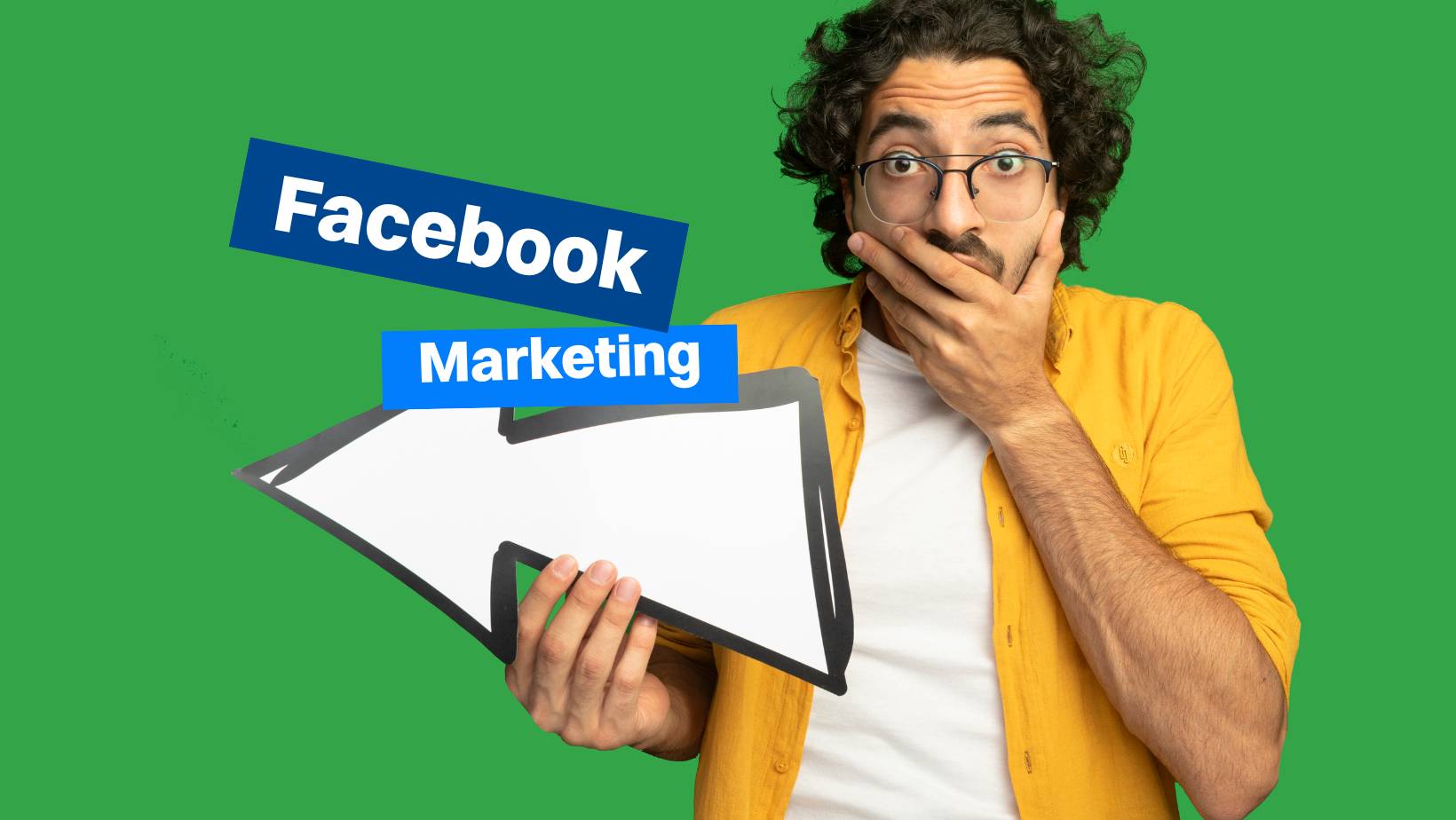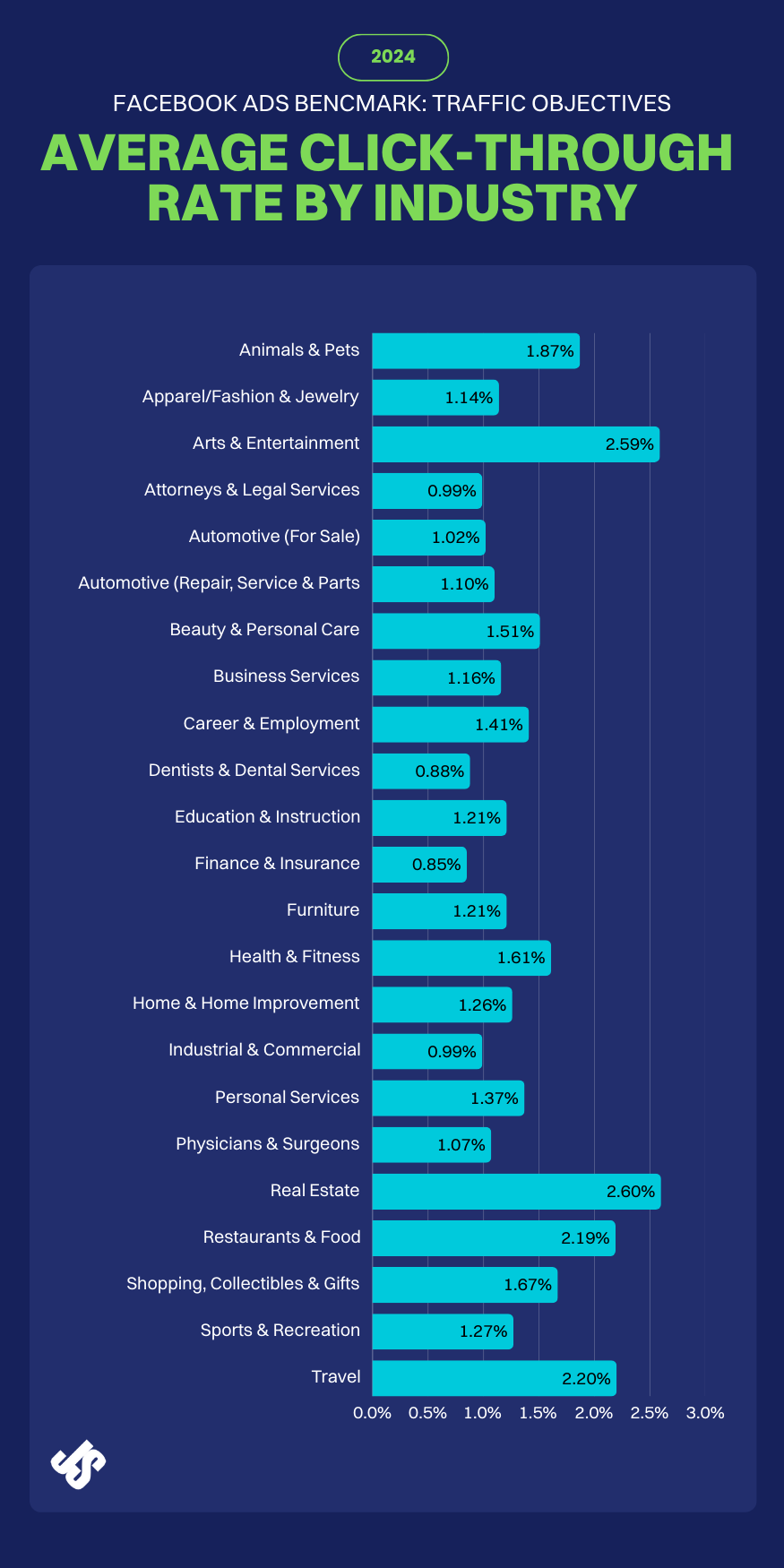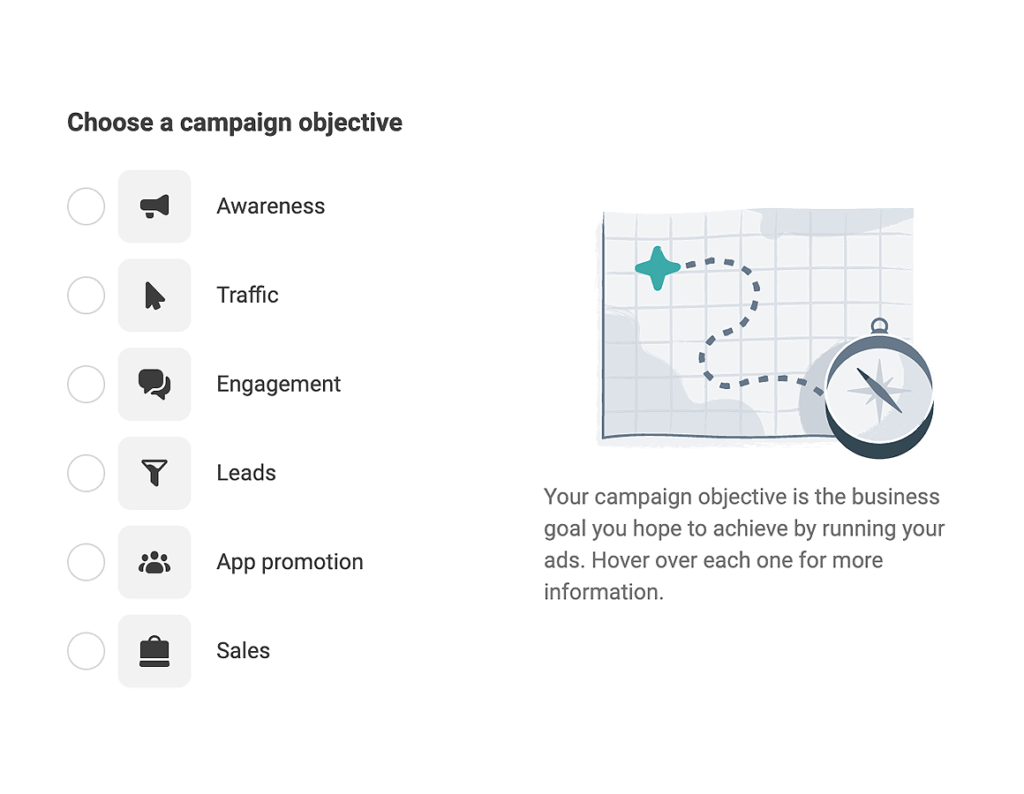8 Costly Meta Ad Campaign Mistakes and How to Fix Them

You’ve seen the sponsored ads. Probably clicked one. A sleek photo, a compelling headline—“Get 50% off today only!” It grabs your attention. You think, “Maybe I should be running a Meta ad campaign too.”
So you dive in. You set a budget. Pick some interests. Boost a few posts. And then…
…nothing.
Plenty of impressions. A handful of clicks. Maybe even a few “Likes” from your aunt in Wisconsin. But no sales. No real return.
Sound familiar? You’re not alone.
Why Meta Ads Fall Short
While the Meta (formerly Facebook) advertising platform offers extensive reach, achieving cost-effective results can be challenging for many businesses.
The Numbers Tell the Story
According to 2024 benchmarks, Meta ads’ average click-through rate (CTR) in traffic campaigns across all industries is 1.57%. This means that for every 100 people who see your ad, fewer than two click through.

The good news? Most underperforming Meta ad campaigns aren’t broken—they’re just misaligned. With the right adjustments, you can stop wasting ad spend and start seeing real returns. Let’s take a closer look at what might be holding your campaigns back—and how to fix it.
8 Reasons Your Meta Ad Campaign Isn’t Working
If your Meta ad campaigns aren’t delivering, chances are one or more of these common missteps are to blame. These aren’t rare. They’re the most frequent (and costly) mistakes businesses make.
We’ll begin with one of the biggest and most common mistakes.
1. Targeting the Wrong Audience
Meta’s ad platform gives you plenty to work with. Its demographic and interest-based targeting is one of the most powerful features—and a big reason advertisers keep coming back.
But even with all that control, many campaigns still fall short because they target the wrong people.
You might be a local business trying to drive foot traffic. Targeting “all adults in the U.S. who like coffee” gets you reach, but not relevance. Go too narrow, and Meta won’t have the data it needs to optimize effectively.
Ways to Improve Your Meta Ads with Better Audience Targeting:
- Define clear buyer personas. Use real customer data to shape your targeting—demographics, interests, behaviors, and pain points.
- Use Lookalike Audiences. Let Meta find people similar to your current customers.
- Refine Your Targeting. Combine interests and behaviors to focus your reach without getting too narrow.
- Exclude people who’ve already converted. Avoid wasting budget on users who’ve already taken action.
Good targeting is the foundation of every successful Meta ad campaign. Reach the right people, and your chances of engagement—and conversions—go up.
2. Using the Wrong Campaign Objective
One of the most common mistakes we see is when a small business wants to sell more of a product or service, so it runs a meta campaign using the Awareness objective.
It sounds logical. More awareness should mean more sales, right?
The problem is that Awareness campaigns are built to maximize reach and ad recall, not conversions. Meta shows the ad to people likely to remember it, not necessarily those likely to buy. The business ends up with thousands of impressions, maybe a few likes, but no meaningful return.
Meta’s algorithm does exactly what you tell it to. If you choose “Traffic,” it finds clickers. If you choose “Engagement,” it finds people who comment and like. But if your goal is sales, and you don’t tell Meta that, don’t expect results.
This isn’t to say Awareness is useless. It works well for major brands like Coca-Cola or Nike, who are playing the long game. But for small and mid-sized businesses with limited budgets, every dollar needs to be tied to a specific action.
Choosing the Right Campaign Objective for Your Meta Ads:
- Want purchases? Use the Sales objective.
- Want leads? Use the Leads objective.
- Want to drive people to your website? Use Traffic, but only if your pixel is set up and you’re optimizing for landing page views.
- Need social proof or video views? Use Engagement, but understand it’s not optimized for conversions.
- Want app installs? Use App promotion.
- Avoid vanity metrics. Impressions and likes don’t pay the bills.
- Match the stage of the funnel. If you’re building brand awareness, don’t expect immediate conversions. But if you want action, your objective needs to reflect that.

Source: Jon Loomer Digital
Choosing the right objective helps Meta work in your favor. It’s a small decision with a big impact.
3. Only Running Bottom-of-Funnel Campaigns
Many businesses focus only on people ready to buy. It makes sense—why not target those closest to converting?
But on Meta, most users aren’t actively shopping. It often takes 6 to 8 touchpoints before someone becomes a customer. You’re skipping the trust-building phase if your strategy relies only on retargeting or conversion ads.
We’ve worked with business owners who were confident that Meta ads were the missing piece in their growth strategy. They had a great product—one that had already sold well to warm, organic audiences: friends, family, loyal followers.
So they assumed ads would scale that success.
But instead of warming up a broader audience, they went straight for the sale. Their ads targeted cold users with no context, no relationship, and no reason to care.
The result? Underwhelming performance. Not because the product wasn’t solid, but because they skipped the part where people get to know, like, and trust the brand.
Meta is an interruption-based platform. You’re not showing up in search results. You’re showing up in someone’s feed. If you want people to take action, you have to show up consistently, earn attention, and build trust first.
How to Build a Full-Funnel Strategy for Meta Ad Campaigns:
- Use top-of-funnel content. Run ads that introduce your brand—think video views, educational content, or light engagement.
- Retarget warm users. Follow up with those who watched a video, visited your site, or engaged with earlier content.
- Support the buyer journey. Awareness → Consideration → Conversion. Each phase plays a role. Skip one, and your funnel breaks.
Bottom-funnel campaigns still matter—but without feeding new people into your funnel, they eventually burn out.
4. Your Ad Creative Isn’t Strong Enough
Remember the Squatty Potty ad with the pooping unicorn? Or one of those over-the-top Dr. Squatch soap commercials?

Source: Dr. Squatch Instagram
You might not have bought the product, but you definitely noticed the ad. It made you stop. Maybe laugh. And more importantly—it stuck.
That’s what great creativity does.
You have seconds—sometimes less—to stop someone mid-scroll. If your creative doesn’t grab attention fast, it gets ignored.
Weak creative is one of the most common reasons campaigns fail. Blurry images, generic stock photos, or vague messaging won’t cut it. According to Meta’s Performance Marketing Summit, 56% of a campaign’s outcome is driven by creative quality.
The tricky part? It’s not always obvious. You might have solid targeting and a great offer, but if your ad blends in or lacks clarity, it won’t convert.
Creating Scroll-Stopping Creative for Your Meta Ads:
- Lead with a hook. Speak to a specific need or curiosity right away.
- Keep it simple. Don’t overload with text or too many ideas. Clarity wins.
- Use authentic visuals. Real photos or quick product videos usually beat stock imagery.
- Stick to your brand. Consistency builds recognition and trust.
- Be clear about the next step. Your CTA should tell people exactly what to do.
If your ad gets impressions but your CTR is declining, chances are your creative isn’t pulling its weight.
5. Ad Fatigue
Even great ads lose steam over time. When people see the same message too often, they stop engaging or start ignoring you altogether.
You’ll see the signs: click-through rates drop, costs rise, and frequency climbs. This usually happens when you run the same creative for too long or target a small audience without variety.
How to Prevent Ad Fatigue in Meta Campaigns:
- Rotate creative regularly. Swap in new images, headlines, or formats as performance dips.
- Use multiple versions. Let Meta rotate different ads in the same set to prevent overexposure.
- Watch your frequency. If it hits 2.5 or higher and results drop, it’s time to refresh.
- Test new formats. Try video, carousels, or Reels to mix things up and reach people differently.
- Expand your audience. A broader, relevant audience helps reduce overexposure over time.
People have limited attention spans. When they see the same creative repeatedly, they start to ignore it. To keep engagement high, refresh your ads every couple of weeks, especially if your frequency or budget is on the higher side.
6. You’re Not Testing Creative Formats
Relying on one format—like static images—limits your campaign’s potential. Meta offers a variety: video, carousel, Stories, Reels, and more. Different formats connect with different people, and testing gives the algorithm more data to work with.
What works for one audience might flop with another. If you’re not experimenting, you’re missing insights that could cut costs and boost engagement.
How to Improve Meta Ad Performance with Creative Format Testing:
- Test different formats in your campaigns. Test static images, videos, carousels, or Reels to see what sticks.
- Prioritize mobile-friendly content. Most people browse and buy on their phones. Build for formats like Stories and Reels that feel native to mobile.
- Try Dynamic Creative. Upload multiple assets and let Meta find the best combinations.
- Let data guide decisions. Don’t assume what works—test it, track it, and refine it.
Smart format testing gives Meta more options to deliver better results. It’s a low-effort way to learn what your audience actually responds to.
7. Misconfigured or Missing Pixel Events
If Meta can’t track what happens after someone clicks your ad, it can’t optimize. That’s where the Meta Pixel comes in. It connects your ads to real outcomes—purchases, sign-ups, or leads.
Yet, the biggest issue we see is that the pixel isn’t set up correctly at all.
Right behind that?
Businesses often forget to configure meaningful events. For example, the pixel might be installed on the homepage but not the thank-you page, or it might be tracking page views but not actions like purchases or leads.
Without accurate data, Meta has nothing to learn from.
Fixing Meta Pixel and Tracking Issues in Your Ad Campaigns:
- Install the pixel site-wide. Most platforms make it easy with built-in tools or plugins.
Track meaningful events. Set up key actions like purchases, form submissions, or lead completions. - Use Meta’s Test Events tool. Confirm events are firing correctly in real time.
- Avoid duplicates. Make sure events don’t fire twice or trigger on the wrong pages.
- Watch for site changes. Updates to your website can break pixel tracking without you realizing it. If you’re making changes, double-check your setup.
- Consider the Conversions API. Pair your pixel with server-side tracking for better accuracy, especially with iOS privacy changes.
Solid tracking gives Meta what it needs to improve performance, and gives you the data to make smarter decisions.
8. Not A/B Testing
Without testing, you’re guessing. And guesswork is expensive.
Small changes—like a headline, image, or CTA—can lead to big shifts in performance. Yet many campaigns run a single version and hope for the best. That’s not a strategy. It’s a missed opportunity.
A/B Testing Tips to Improve Meta Ad Results:
- Test one variable at a time. Change the headline, image, or audience—not all three at once.
- Use Meta’s A/B testing tools. Ads Manager lets you split traffic evenly to compare versions reliably.
- Give it time. Let each version run long enough to gather useful data.
- Focus on meaningful metrics. Clicks and impressions are nice, but conversions and cost per result matter more.
- Keep iterating. When something works, keep testing. There’s always room to improve.
The best campaigns aren’t lucky—they’re optimized. Testing helps you stop guessing and start scaling what works.
Fix What’s Broken, Boost What Works
Meta ads can work—if the strategy behind them is sound. A struggling campaign doesn’t always need a full reset. Sometimes, a few smart fixes are all it takes.
Whether it’s targeting, objectives, or creative, these eight pitfalls are often the culprits. Addressing even one can help, and tackling several can shift your entire ROI.
And if the results still aren’t there? A fresh perspective might be exactly what you need.
Need assistance improving your Meta ad campaign performance? Contact our team to discuss how we can help you achieve better results.